Tomato plant blooms
sheri_nwok
16 years ago
Related Stories

EDIBLE GARDENSSummer Crops: How to Grow Tomatoes
Plant tomato seedlings in spring for one of the best tastes of summer, fresh from your backyard
Full Story
NATIVE PLANTSGreat Native Plant: Grow Wild Quinine for Its Unique Clusters of Blooms
Get connoisseur cred and unique blooms with this uncommon plant. Bonus assets: It’s low maintenance and drought tolerant
Full Story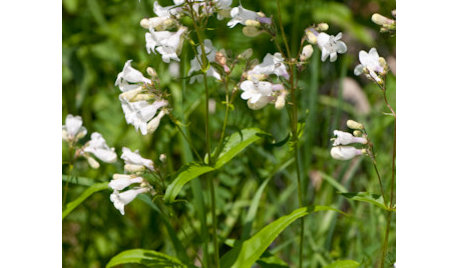
GARDENING GUIDESGreat Design Plant: Try Penstemon Digitalis for Showy White Blooms
Bees gather nectar from this North American native while you’ll appreciate its unthirsty nature and soil tolerance
Full Story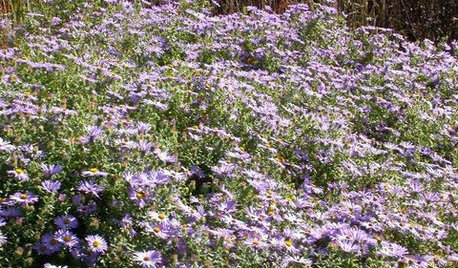
GARDENING FOR BUTTERFLIESGreat Design Plant: Aromatic Aster Keeps on Blooming
Tough as nails, drought loving, a deep fall bloomer ... this aster is a champ in sunny gardens
Full Story
GARDENING GUIDESGreat Design Plant: Amelanchier Signals Spring With Airy White Blooms
With roughly 20 species of serviceberry native to the U.S., bees can feed on the early-season blooms while birds enjoy the summer berries
Full Story
GARDENING GUIDESGreat Design Plant: Ceanothus Pleases With Nectar and Fragrant Blooms
West Coast natives: The blue flowers of drought-tolerant ceanothus draw the eye and help support local wildlife too
Full Story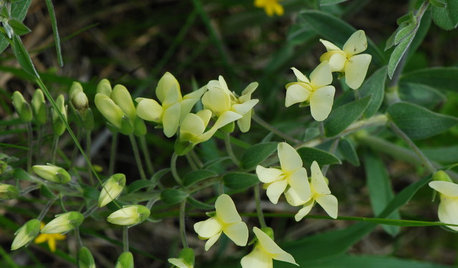
FLOWERS AND PLANTSPlant Baptisia Bracteata for Blooms Pollinators Will Love
Longbract wild indigo is great in dry soil, and its spring flowers attract butterflies and bumblebees
Full Story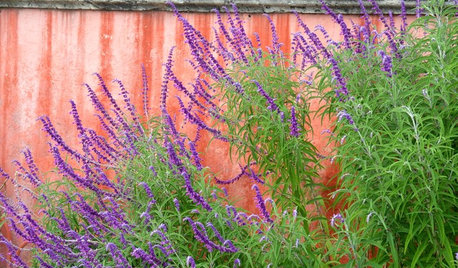
GARDENING GUIDES10 Plants for Colorful Fall Blooms in the Drought-Tolerant Garden
Want fall color but not a big water bill? Consider these not-too-thirsty fall bloomers
Full Story
GARDENING GUIDESGreat Design Plant: Try Blue Bells for Blooms in Dry Soil
This shrub’s violet-blue flowers and silvery foliage brighten low-water gardens all year long
Full Story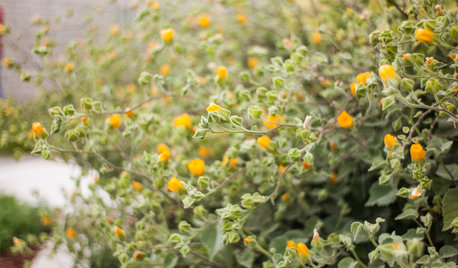
FLOWERS AND PLANTSAbutilon Palmeri Dazzles the Southwest With Nearly Year-Round Blooms
Plant Palmer’s Indian mallow for velvety foliage, long-lasting orange flowers and an abundance of wildlife benefits
Full Story





hank1949
Okiedawn OK Zone 7
Related Professionals
Edmond Landscape Architects & Landscape Designers · Cupertino Landscape Contractors · Elkridge Landscape Contractors · Fuquay-Varina Landscape Contractors · Lemay Landscape Contractors · Little Ferry Landscape Contractors · North Highlands Landscape Contractors · Ringwood Landscape Contractors · Tigard Landscape Contractors · Waterford Landscape Contractors · West Covina Landscape Contractors · Westchester Landscape Contractors · Ashland Decks, Patios & Outdoor Enclosures · Lenexa Decks, Patios & Outdoor Enclosures · Los Alamitos Decks, Patios & Outdoor Enclosuressheri_nwokOriginal Author
Okiedawn OK Zone 7
hank1949
Okiedawn OK Zone 7
sheri_nwokOriginal Author
Okiedawn OK Zone 7
papadoc1948_yahoo_com
2missy
scottcalv